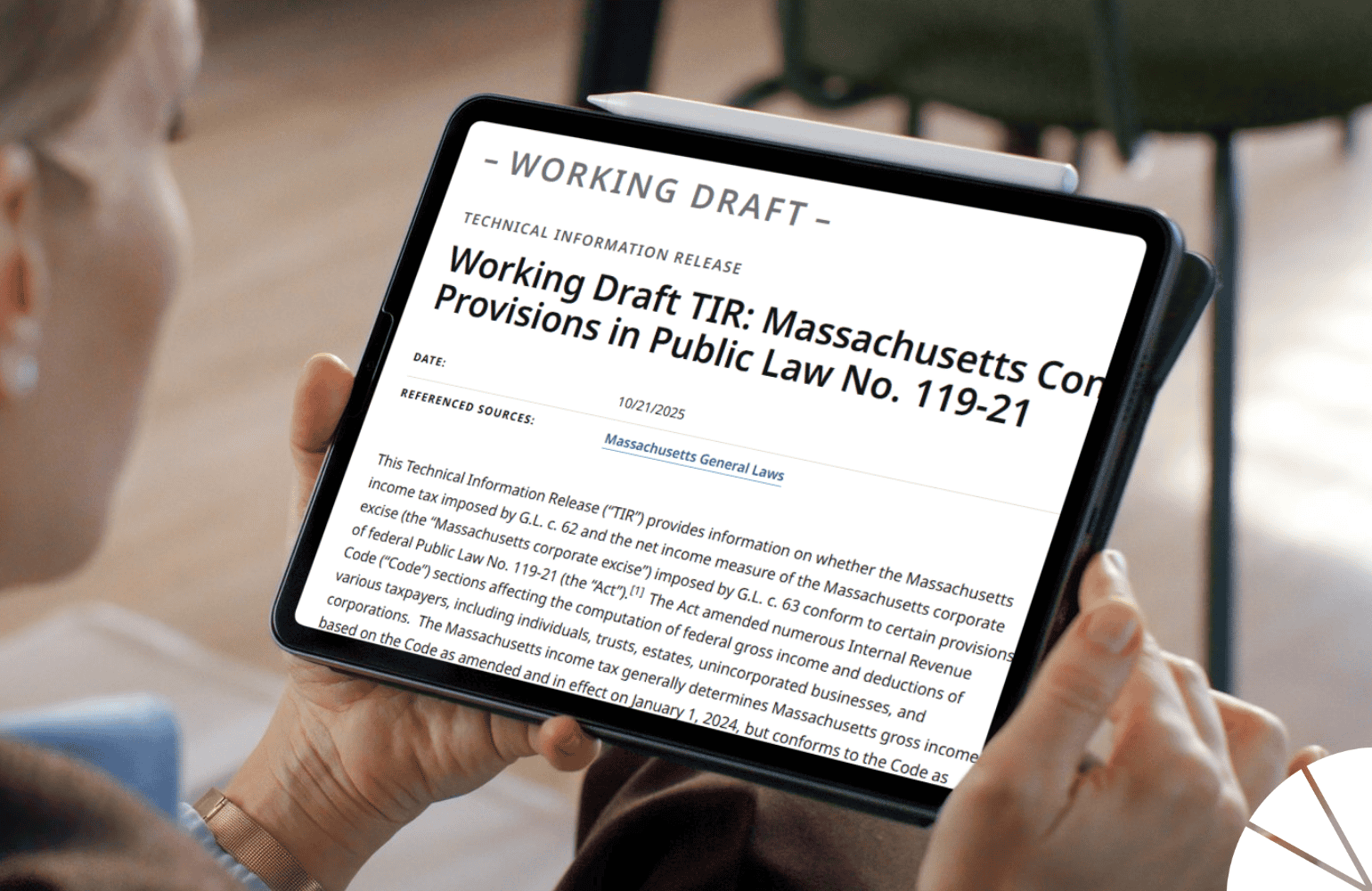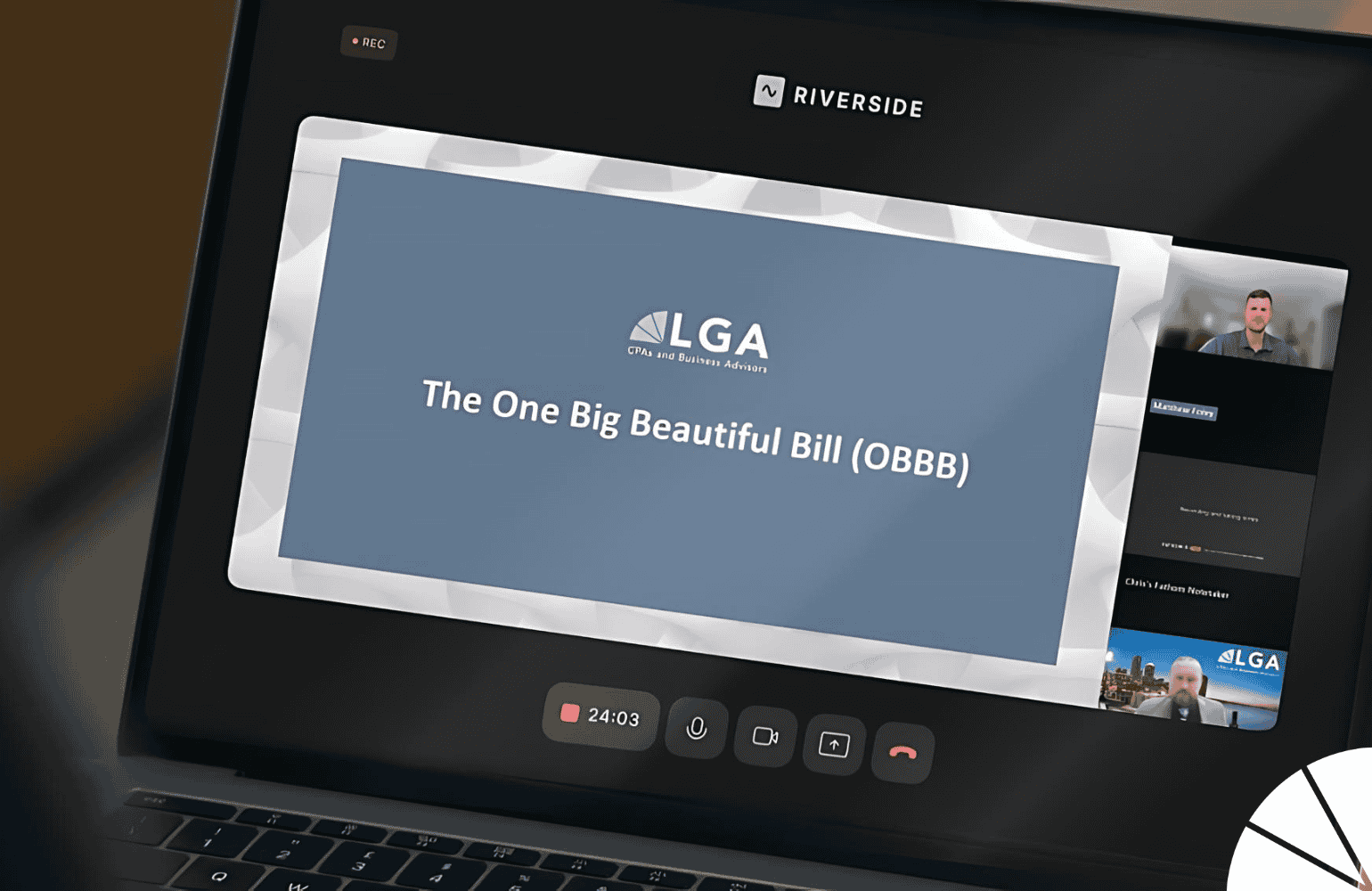
Because anything can happen in a football game, players and coaches must be ready to respond to anything. There are just seconds to make complex decisions that can mean the difference between winning and losing. So players study their playbooks before games, and coaches carry those laminated call sheets filled with plays and strategies for every possible scenario. Then when it’s a high-stress moment in the game, and everything’s on the line, coaches can make calls guided by strategy without panic or pressure clouding their judgment.
Business leaders have to be just as prepared to make difficult decisions quickly in unpredictable circumstances, and one way to do that is by creating a literal business playbook for doomsday scenarios. Most companies don’t have this kind of business playbook, and all of them should.
Granted, strategizing about doomsday scenarios that could destroy your business isn’t pleasant. It’s far more unpleasant to find yourself in a crisis you didn’t see coming, with no idea what to do next and the livelihoods of all your employees and their families relying on you to make the right decisions. Having a playbook that’s designed to walk your business through catastrophes allows owners or company leaders to make those right decisions quickly. Assembling your playbook can also highlight the weaknesses that make your business vulnerable, and a lot of those weaknesses can be addressed once you notice them.
Doomsday Scenarios: Planning for Internal and External Threats
I once had a client that made a specialized type of lightbulb. So specialized, in fact, that only one other company made the same type of bulb, which required the inclusion of a specialized ceramic component. Company A bought the company that made the ceramic component and sold defective products to Company B. Within 90 days, Company B went bankrupt. It didn’t matter how well-organized that company was or how great its corporate culture might have been—it imploded after one fatal blow from a competitor.
That’s just one example of the kind of external threat that should be part of every business’s doomsday scenario planning. I share it because it exemplifies the value of doing this kind of planning. Had the leadership at Company B come together to do some brainstorming about external threats earlier, someone would have said, “Maybe we need to diversify our supply chain a little so we’re not entirely dependent on this one ceramic company to make our product.” Anticipating those kinds of threats gives the owner/company leaders time to shift strategies and bolster the chances of the company surviving whatever challenges may come.
Most companies focus more on either internal or external threats and don’t give both equal weight. This could be a critical error. A figurative “Death Star” can hit your business where you least expect it to hit. Creating a business playbook for doomsday scenarios forces you to confront a broad range of ways things could go wrong, both within your company and outside of it. It might be uncomfortable in the moment, but you’ll never regret putting those “what-if” plans in place.
Examples of Doomsday Scenarios That Might Be Part of Your Business Playbook:
- What if a key person/multiple key people leave the company abruptly because of death, disability or a choice to leave?
- What if revenue drops 30% overnight, for whatever reason? What steps would the company take to reduce costs commensurately immediately?
- If you rely on one supplier for a component that’s an essential part of your business: what if that supplier shuts down or suddenly doubles its prices?
- What if your biggest client decides to leave? Or, what if several of your clients merge, and suddenly you’re relying on one client for 50% of your business?
- What if supply costs skyrocket, it becomes twice as expensive for your company to make its products or offer its services, and you can’t pass those costs along to your customers?
- What if your bank/other lenders decide they want to drop your business?
- What if technology or trends change in ways that make your business less relevant or entirely redundant? (E.g., what if you’re a company that sells essay-writing services and suddenly ChatGPT comes along?)
Doomsday Scenario Playbook Best Practices
Every company should have plans for five to 10 doomsday scenarios that could affect them, both internally and externally. Don’t expect to “solve” every hypothetical catastrophe in your playbook, but aim to put together a game plan for how you would respond to each one. The idea is to establish starting points for responding to each of those scenarios so there’s a rough roadmap to follow when something goes wrong.
Get your doomsday scenario playbook written down and stored securely where only a few trusted people can access it. Don’t keep these plans in your head. If you’re the company president and get hit by a bus, you want your VP to be able to follow the plans for what to do when the company loses a key person unexpectedly. At the same time, you don’t want just anyone having access to the company’s “in case of emergency” plans.
Finally, don’t hesitate to involve your business advisors in discussions about doomsday planning, especially if you’re already seeing warning signs of an impending problem. Taking decisive action quickly is imperative when revenue is trending down or some other disaster is looming. We saw this in action after the market crash in 2008. Many companies that immediately took proactive measures like collecting their receivables and cutting their staff were able to survive, unlike companies whose leaders sat back and hoped the market would rebound. Your business advisors can help you strategize about how you might survive hypothetical future scenarios, and what steps your business can take now to shore up its defenses against both internal and external threats.
Call LGA for Help With Preparing Your Business Playbook for Doomsday Scenarios
LGA’s Business Advisory Services team can play a lot of roles for our clients, including “Chief Worry Officer.” We’ve helped hundreds of clients through difficult times, so we know all the ways that things can go really wrong, really quickly—even for companies that are well-run and thriving. We can help you create your business playbook for the doomsday scenarios that will most likely happen to your specific company. And if things are already going wrong, we can get involved in discussions with lenders or even strategize about exit planning.
I’m happy to talk about doomsday planning if you’re thinking about finally putting these important plans in place. Contact me today.






